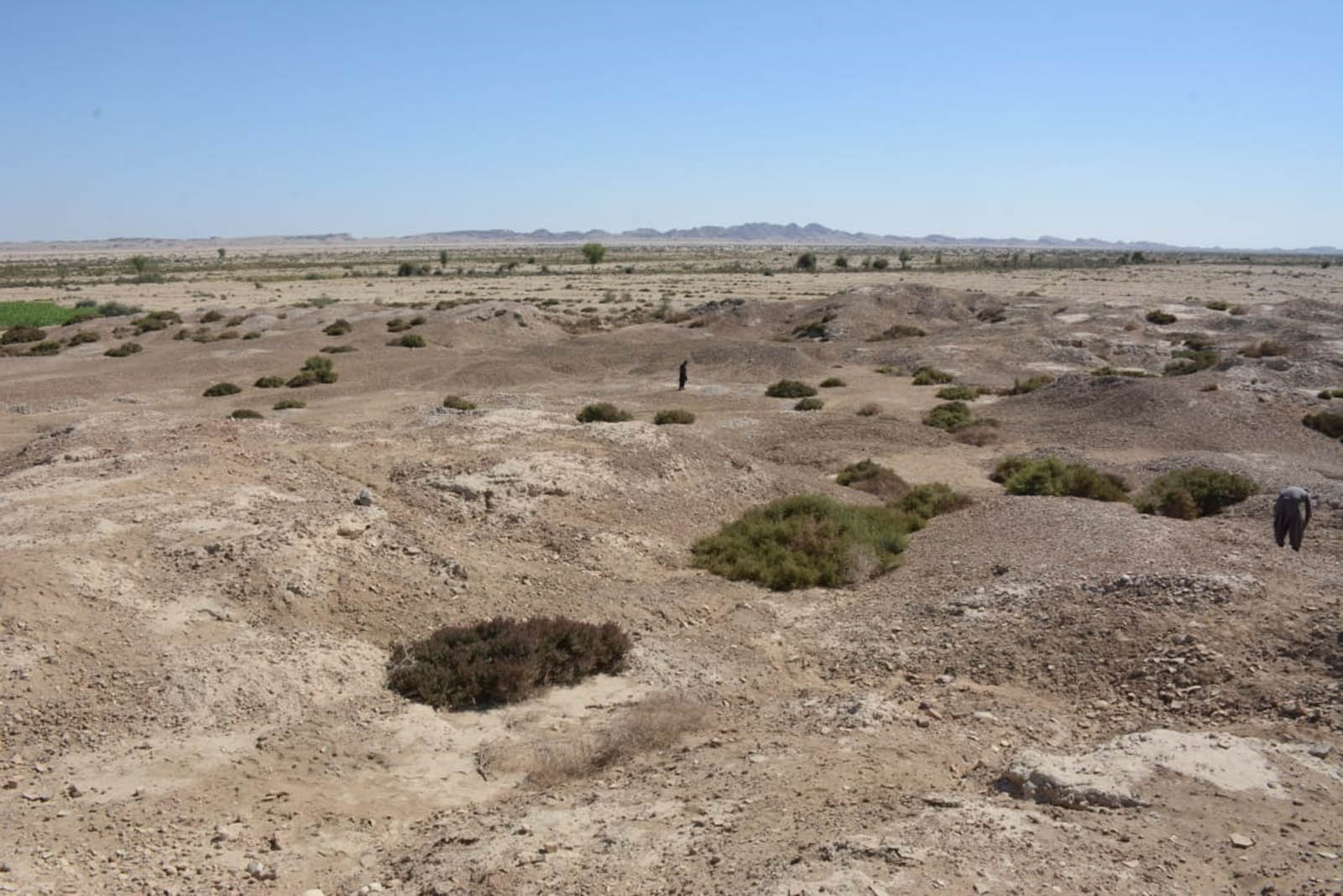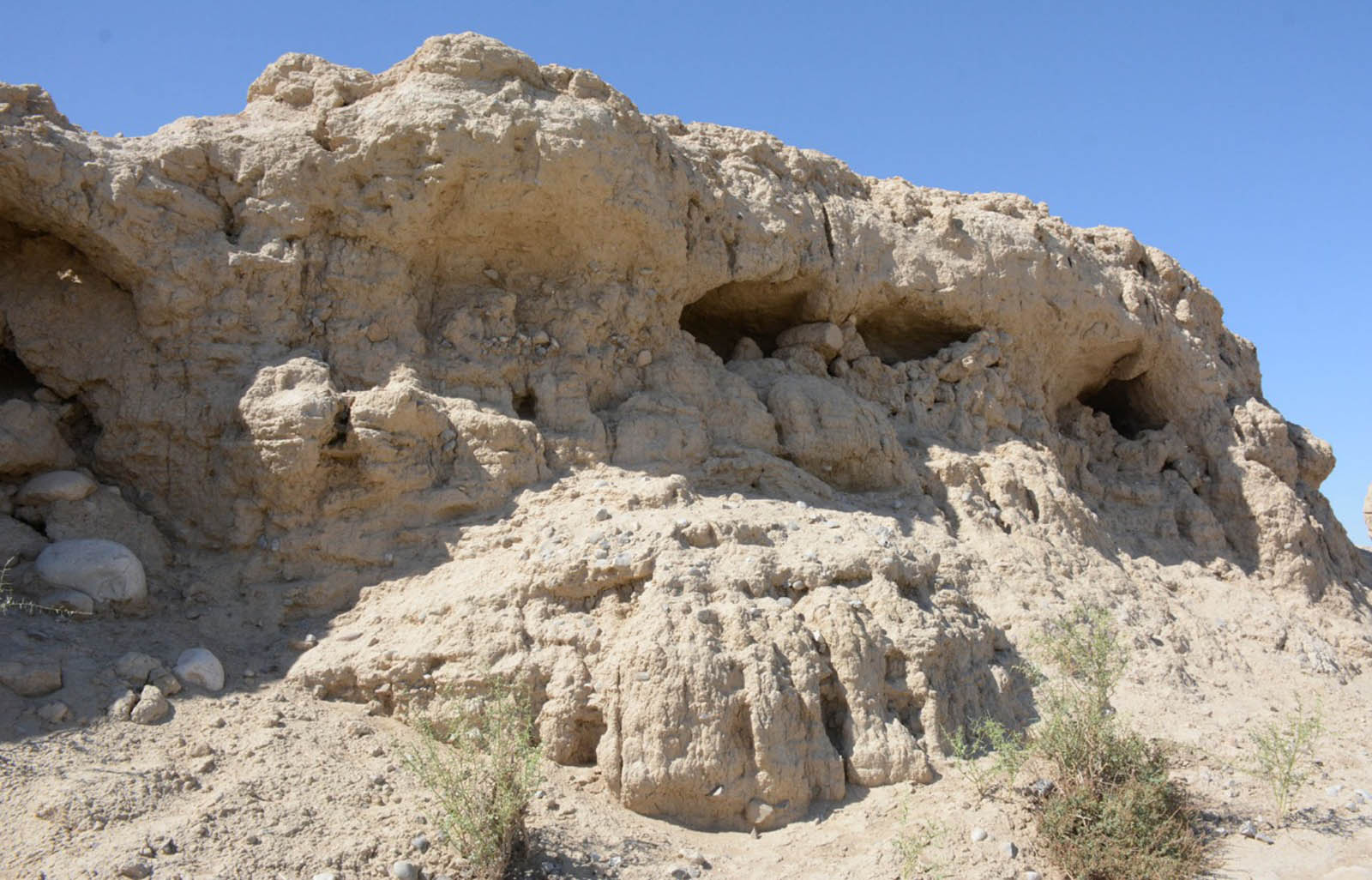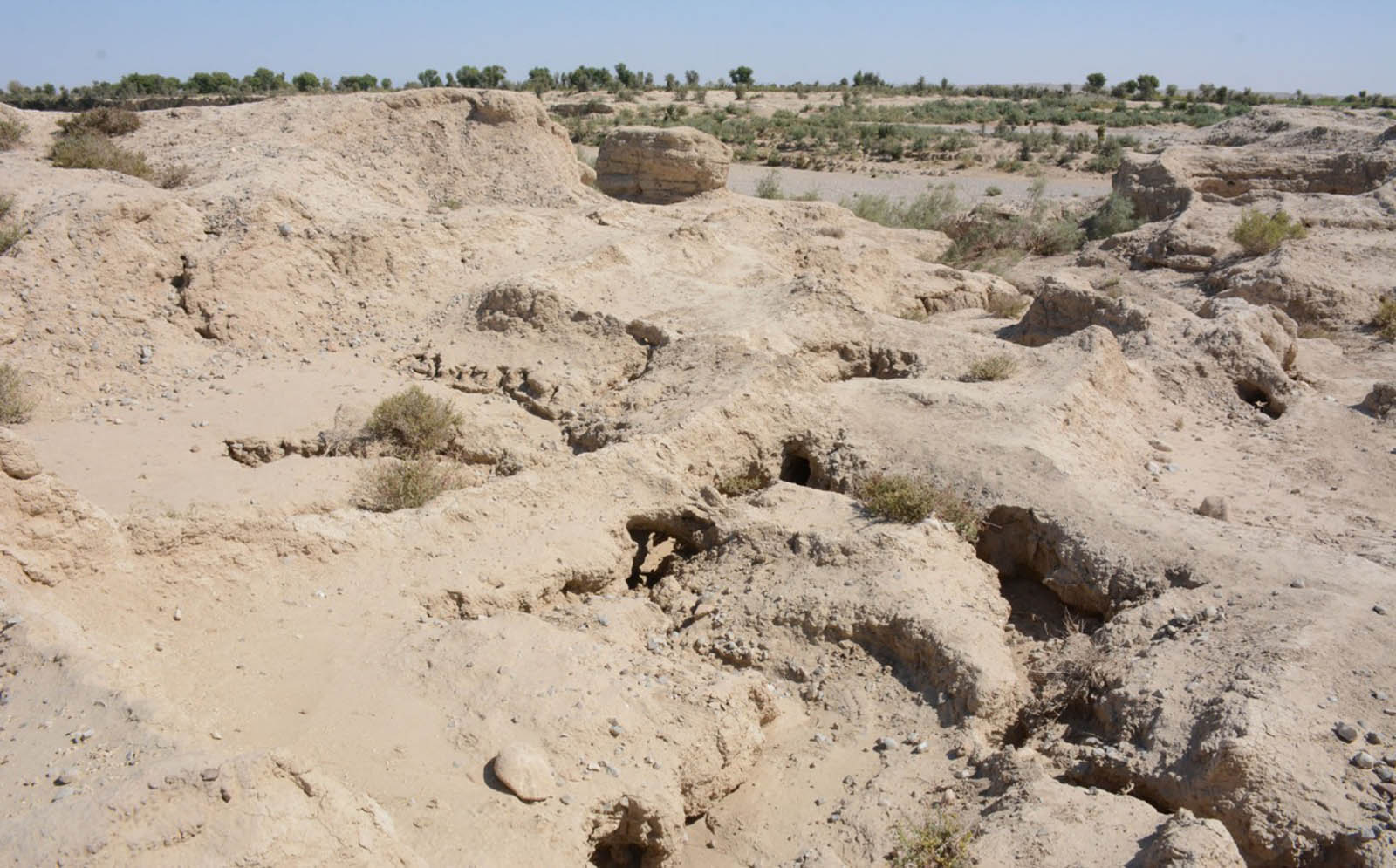It had been soundlessly resting under tons of dark earth until it was uncovered recently.
The village of Mehrgarh, in Balochistan, is among the oldest human settlements discovered in South Asia, say, archaeologists, older than Mohen Jodaro. Not only that, it could possibly be one of the oldest villages in the world, after Jericho in Palestine, dating 9,000 BC, and Jarmo in Iraq, from 7090 BC.
Lying some 140 kilometres southeast of the provincial capital of Quetta, Mehrgarh is located on the banks of the River Bolan, near a settlement of the Raisani tribe in the Kachhi district.
Archaeologists from France and Pakistan have unearthed the, roughly 7,000-year-old, village over the course of several excavations. Some of the relics discovered include human skeletons, necklaces of pearls and small items of earthenware.
Once removed, the artefacts were then taken to a laboratory in Quetta, where research is continuing, say officials of the provincial archaeology department. “Initial findings reveal that the inhabitants of Mehrgarh may have been of Mediterranean descent,” explained a local archaeologist, who asked not to be named. “It is also possible that some inhabitants may have belonged to the Mongol race.”
During excavations, clay female figurines, worshipped as deities of fertility, were found. Several of these statuettes were carved with necklaces. Others had children on their laps. There were also terracotta figures of bulls, indicating the possible worship of animals or their exalted status as life-givers.
Interestingly, the male figurines were carved with turbans on their heads — much like those worn in Balochistan today.
During the diggings, experts say that seven layers of habitation were discovered. Each layer was different from the other, denoting the levels of progress as the Mehrgarh inhabitants moved from one phase of civilization to the next.
It is commonly believed, however, that the first phase of civilisation continued for about one millennium, ie from 7,000 to 6,000 BC. Lifestyles and dwellings remained virtually unchanged in the second phase of the civilization, but, in the course of time people started using clayware.
As civilisations moved on, basic comforts led to a more settled life. The people acquired further sophistication reflected in the beauty of their earthenware. Engraved in black and yellow, and reflecting the developing aesthetic sense of the inhabitants, these showed off traditional designs of wild deer, fish, flowers and geometrical figures. Experts believe that it was perhaps at this point that the Mehrgarh settlers discovered copper and entered the Bronze Age.
Artifacts collected by the archaeological mission from France, have frequently been displayed at the national museum of Karachi and Islamabad. A similar exhibition was also organised in Paris.
However, in the past few years, the ancient site of Mehrgarh is under threat. It is seasonally exposed to the course of the Bolan river. Floodwaters and rain have partially damaged the site.
It is imperative, say, archaeologists, that the state takes notice. But the provincial archaeology department is hard-pressed financially. It is unlikely that it would be able to complete restoration work without international assistance. And unless that happens, the gentle footfall of history at one of the oldest settlements in the world is at the risk of being silenced forever.





